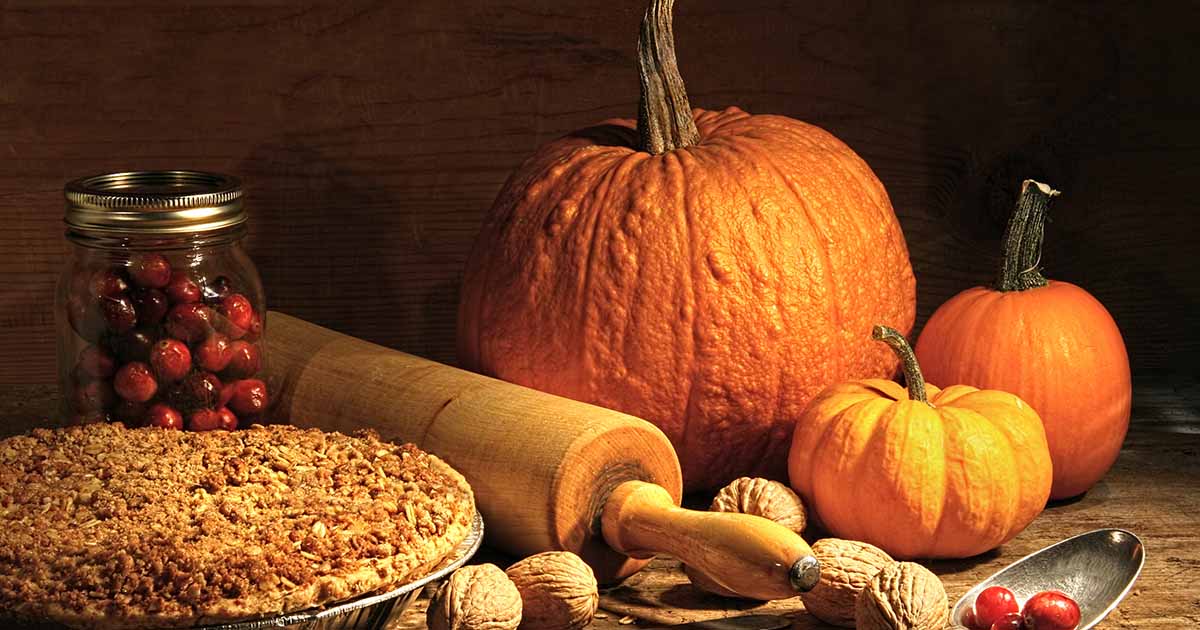Pulsegleaner
Garden Master
- Joined
- Apr 18, 2014
- Messages
- 3,650
- Reaction score
- 7,314
- Points
- 306
- Location
- Lower Hudson Valley, New York
Hi all
Does anyone know how to easily tell a pumpkin that can be eaten from one that cannot (assuming you don't know the variety of the pumpkin you are looking at, and can't simply look it up)?
I opened our fall pumpkin on Sunday (it had a hole in it, and I assumed it would mold otherwise) for it's seeds, as I normally do with our fall pumpkins. THAT pumpkin went out to the squirrels, but I could have sworn it was an eating one. It smelled sort of melon-y (as opposed to the harsher smell of a normal Jack o lantern pumpkin and I didn't taste anything soapy in the tiny fragment of flesh I tasted (and then spit out). But are these how one tells? It would be helpful to know for future years how to tell a fall pumpkin I toss to the animals from one I can cook (as well as knowing whether I can cook decedents of the seeds.)
Does anyone know how to easily tell a pumpkin that can be eaten from one that cannot (assuming you don't know the variety of the pumpkin you are looking at, and can't simply look it up)?
I opened our fall pumpkin on Sunday (it had a hole in it, and I assumed it would mold otherwise) for it's seeds, as I normally do with our fall pumpkins. THAT pumpkin went out to the squirrels, but I could have sworn it was an eating one. It smelled sort of melon-y (as opposed to the harsher smell of a normal Jack o lantern pumpkin and I didn't taste anything soapy in the tiny fragment of flesh I tasted (and then spit out). But are these how one tells? It would be helpful to know for future years how to tell a fall pumpkin I toss to the animals from one I can cook (as well as knowing whether I can cook decedents of the seeds.)



